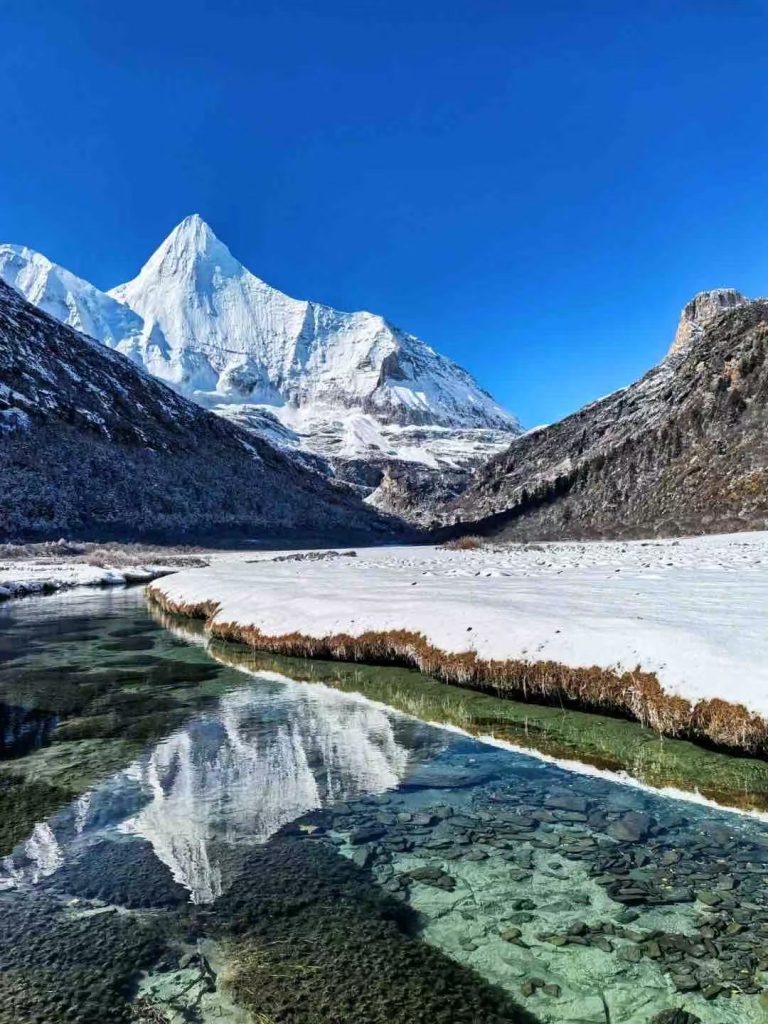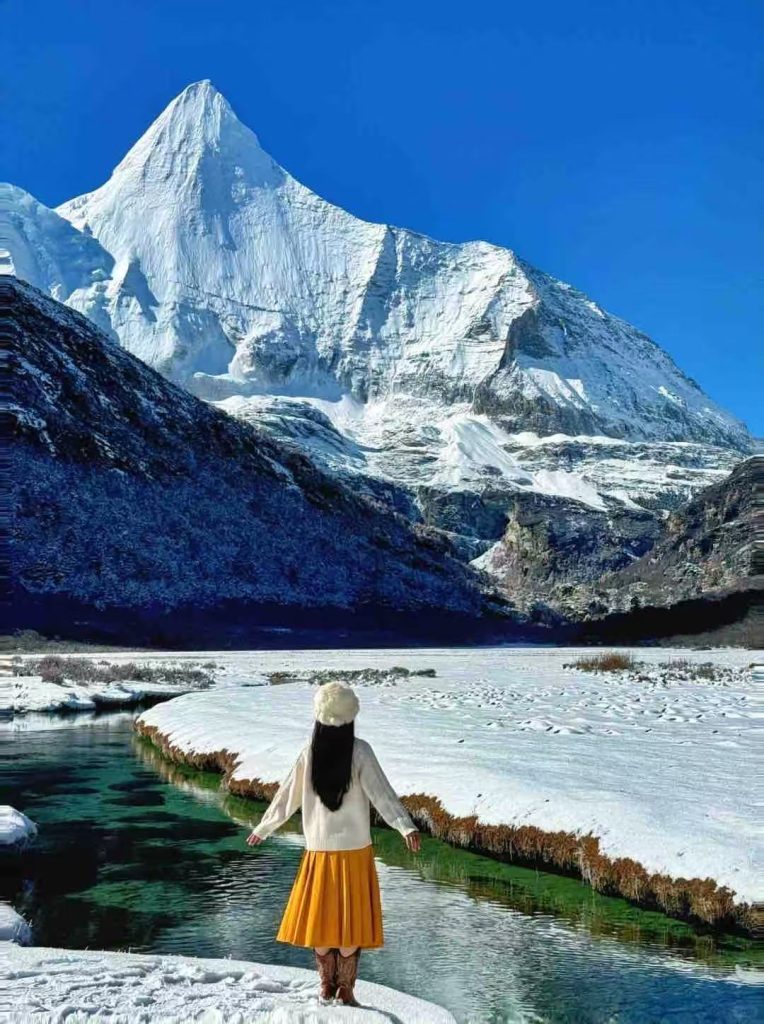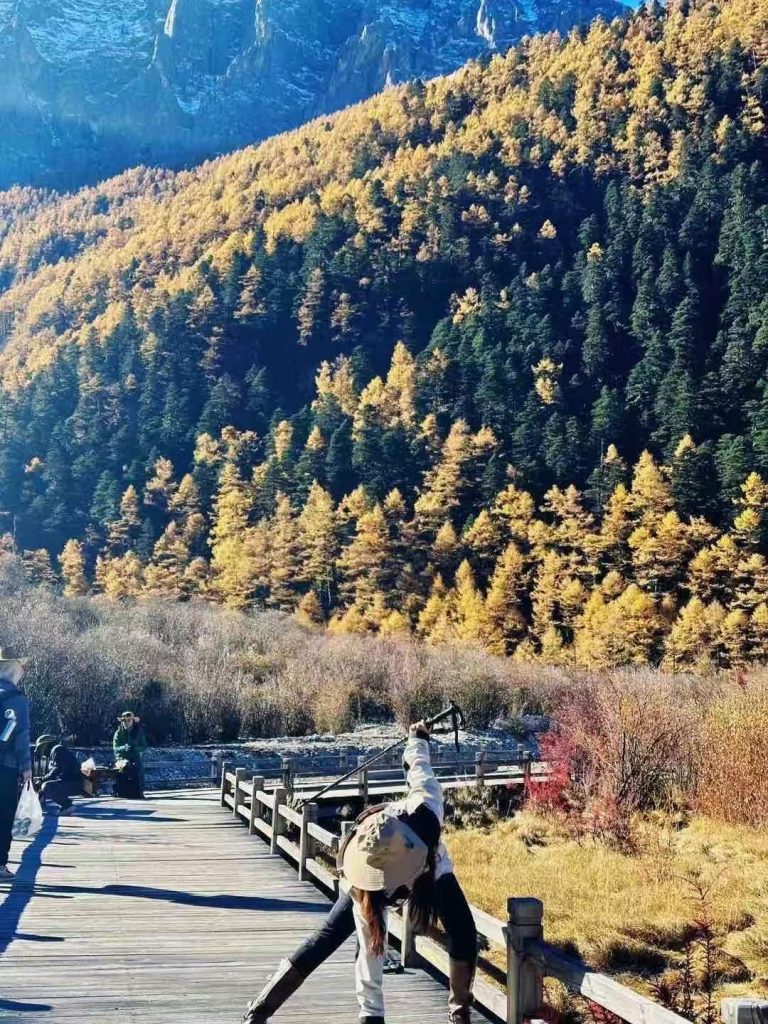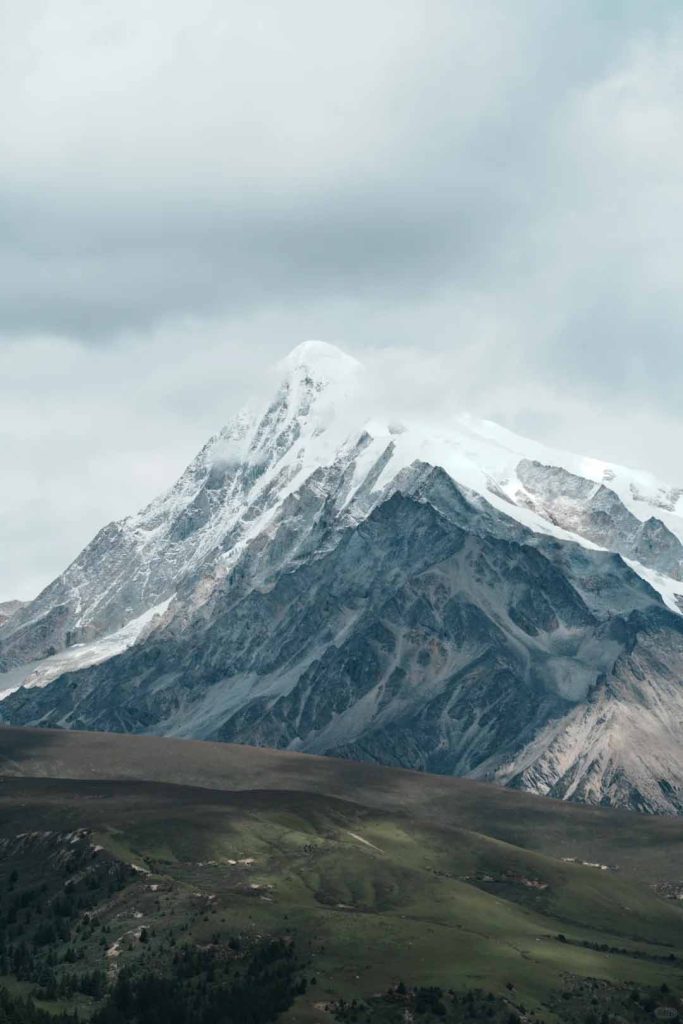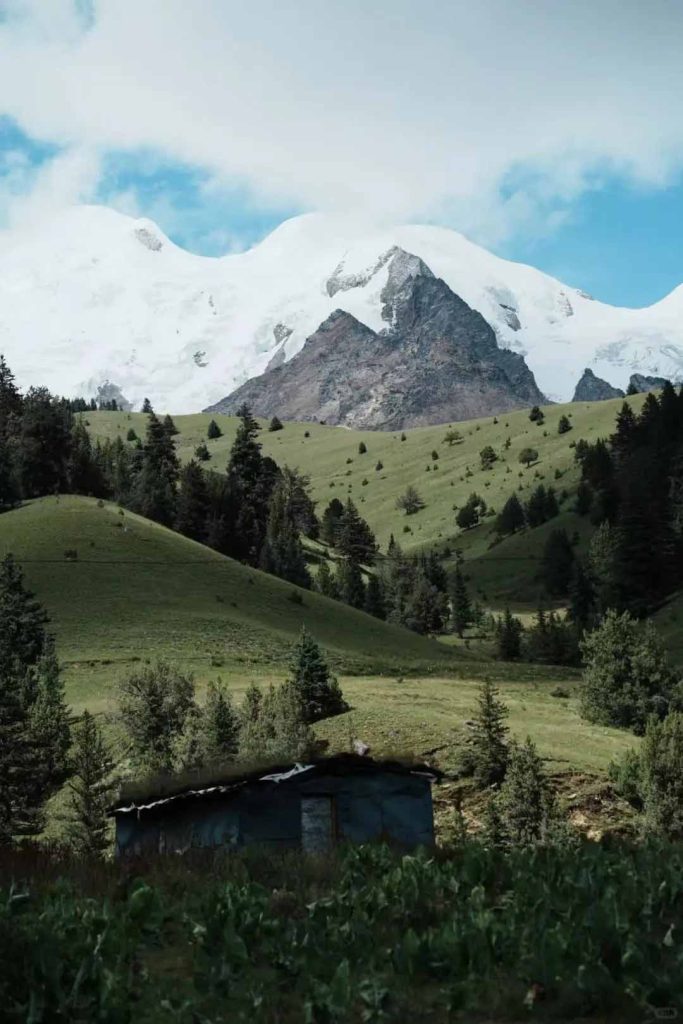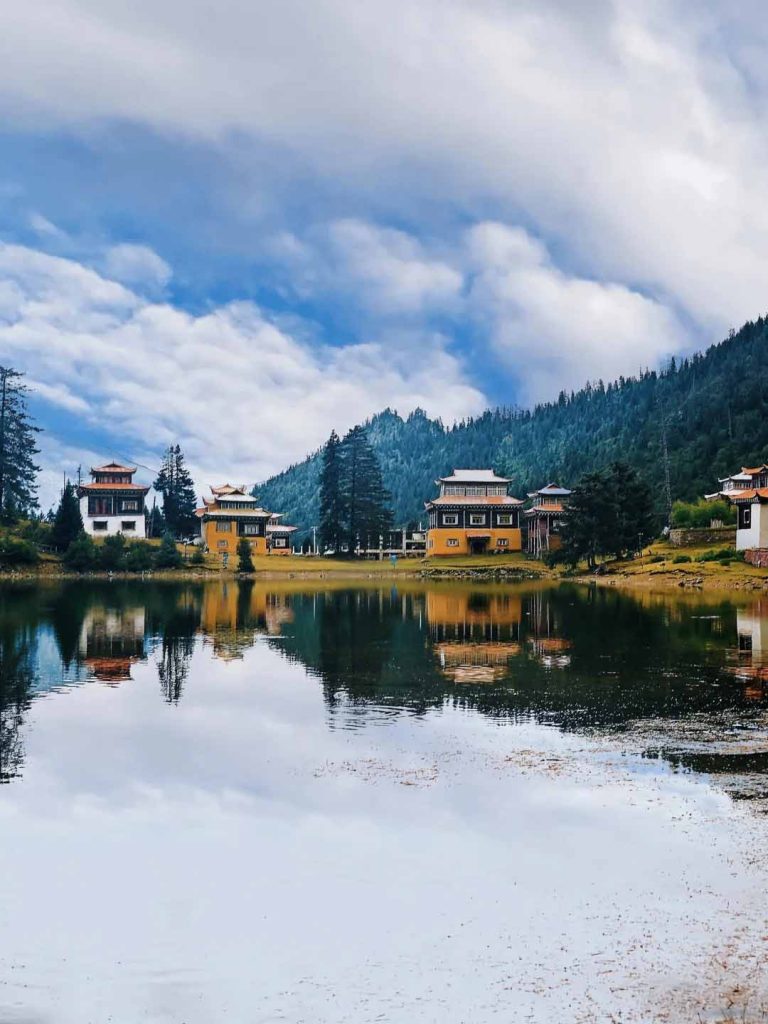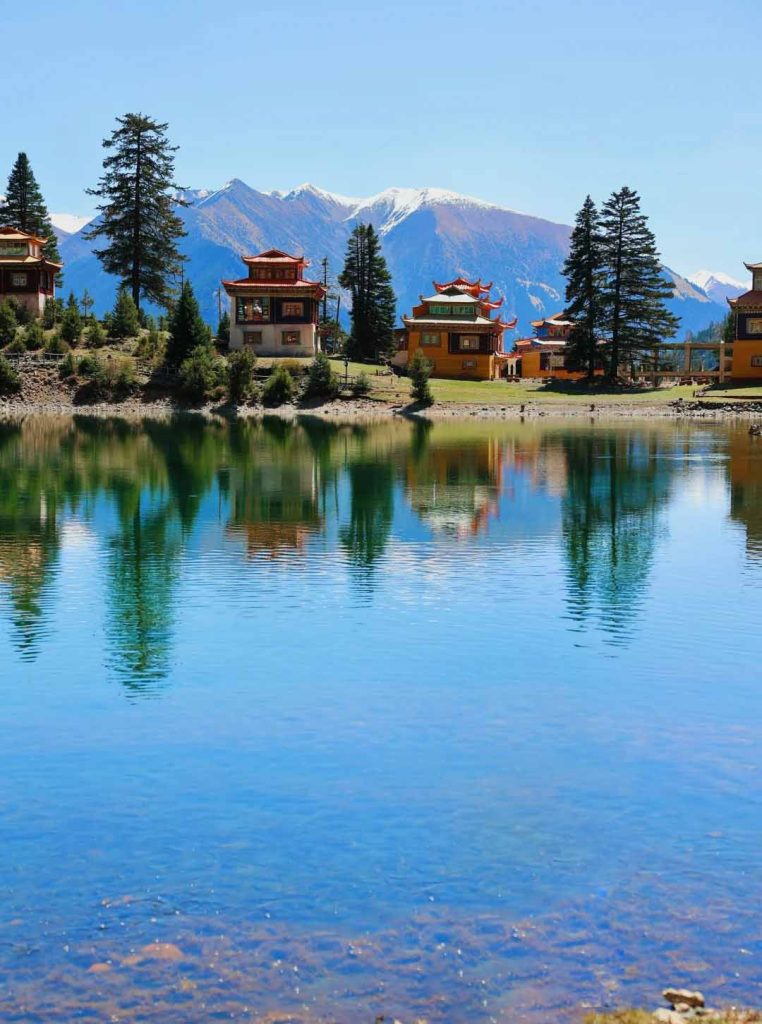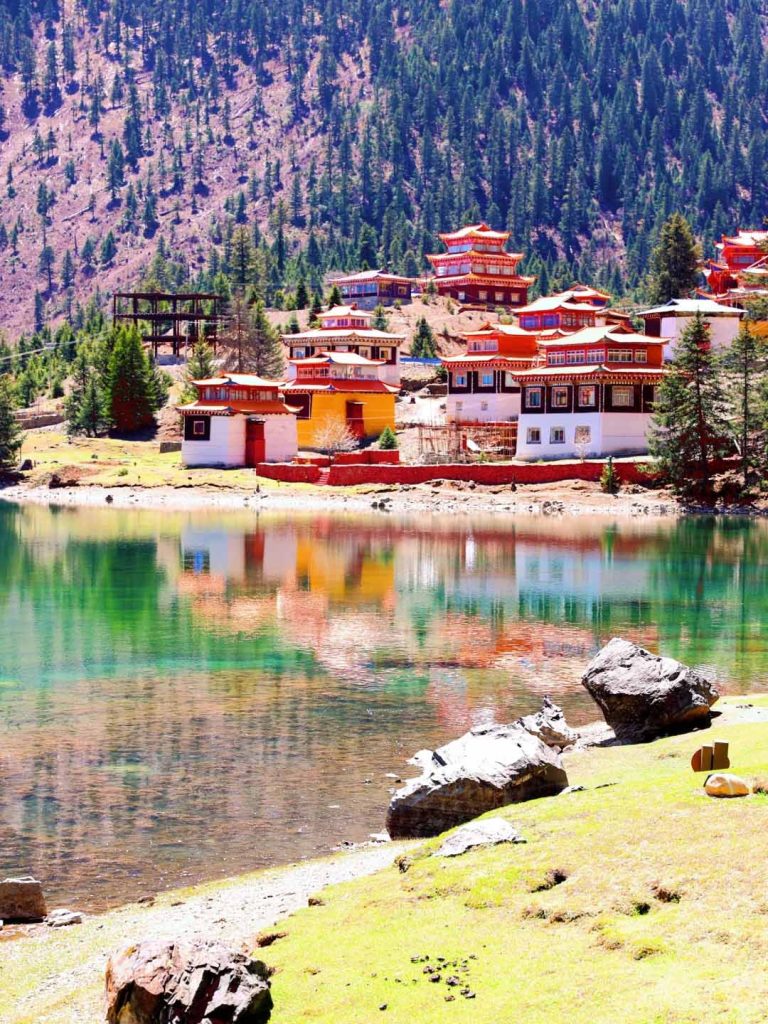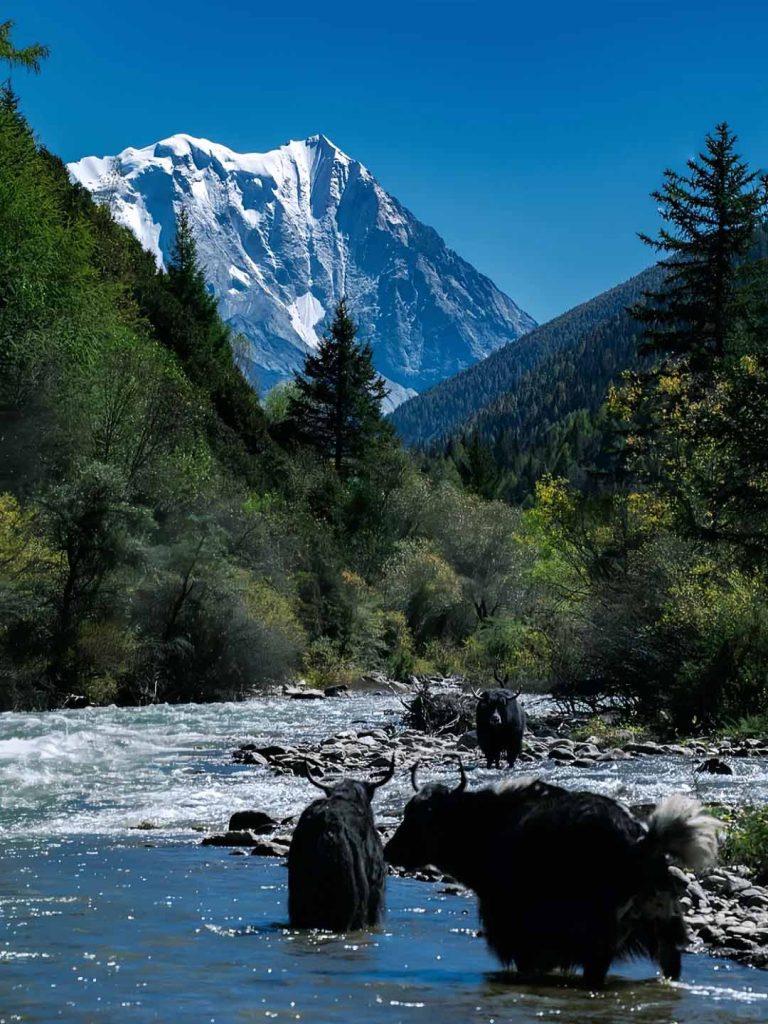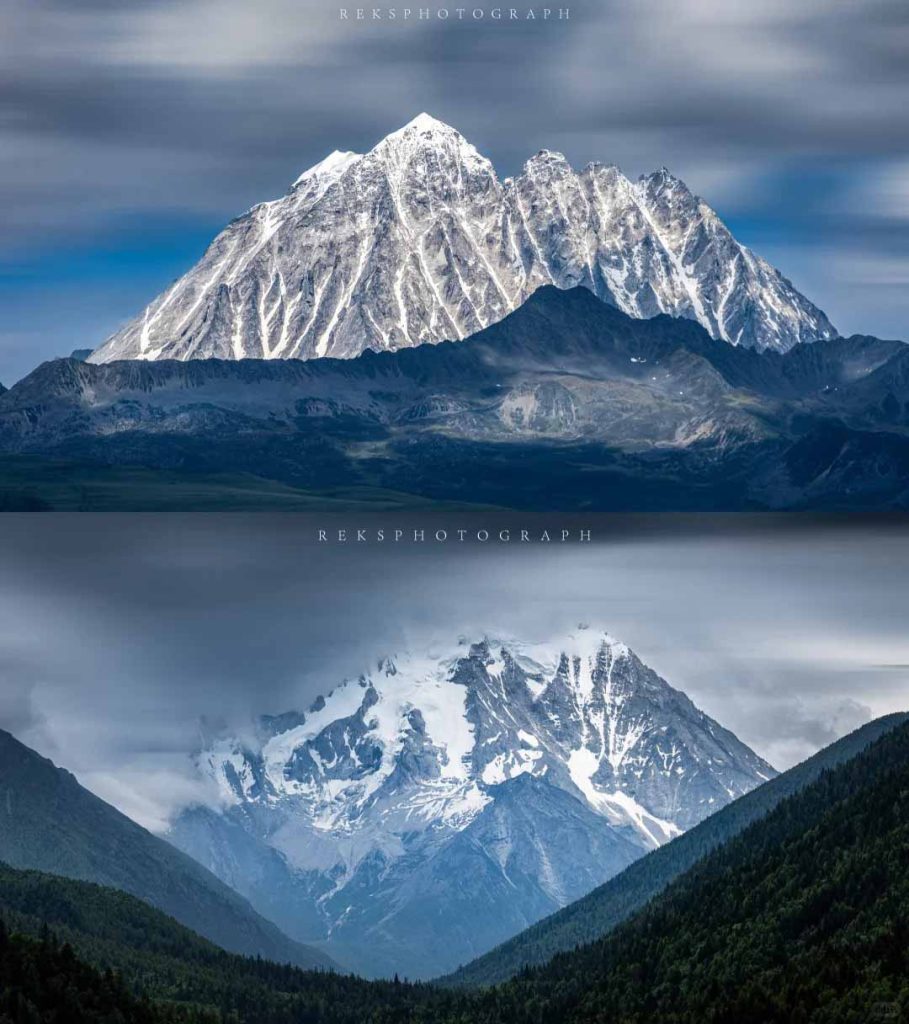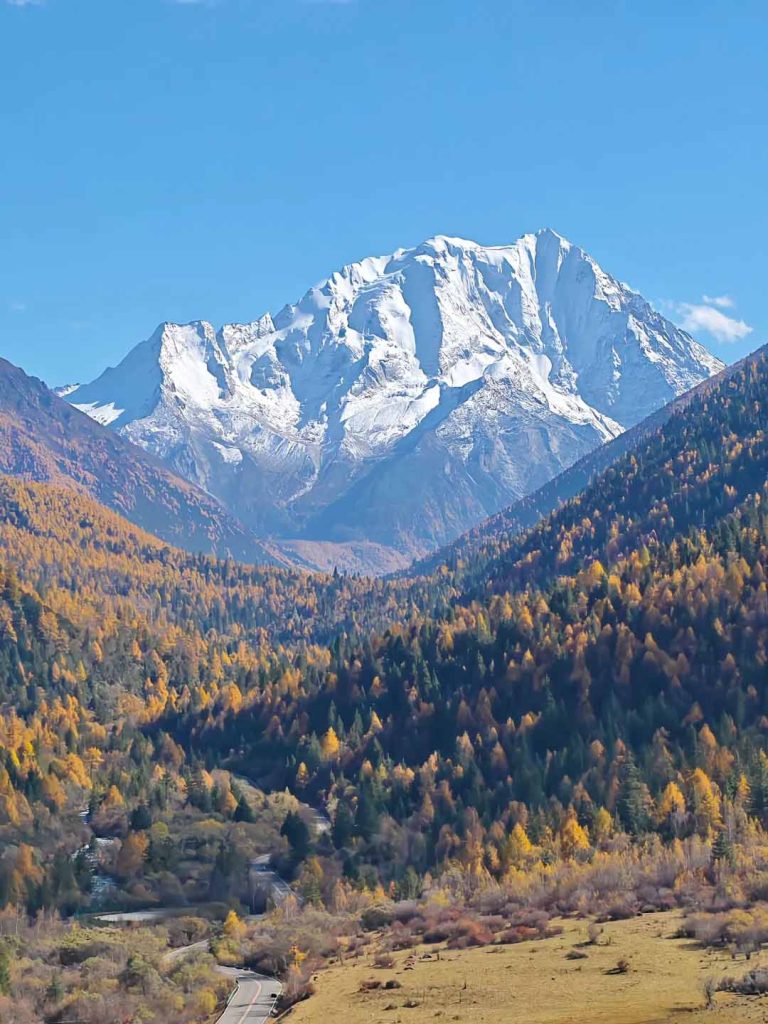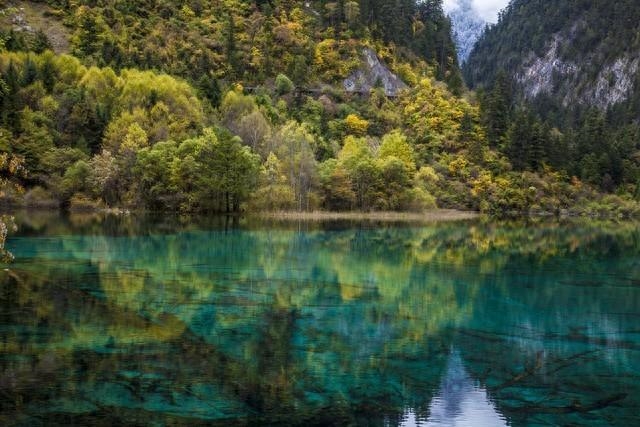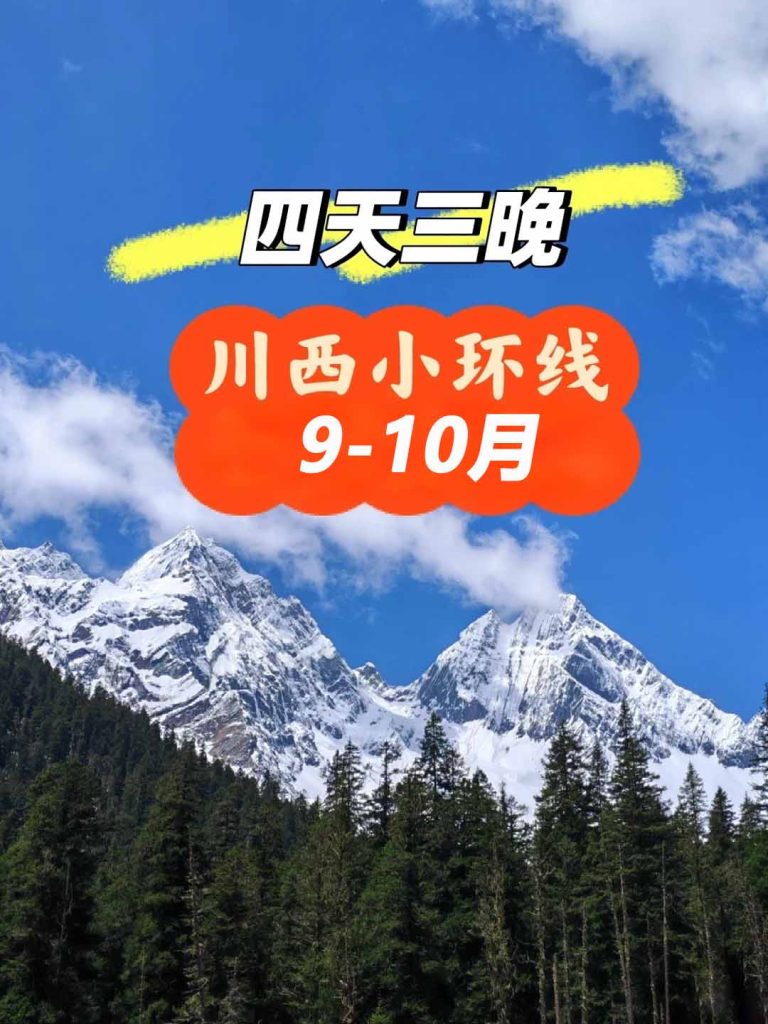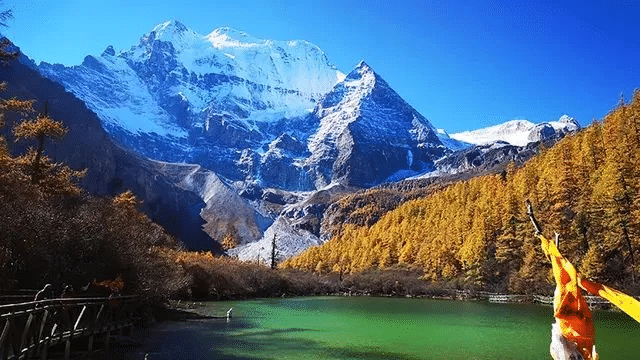For travelers who are visiting Western Sichuan for the first time, it is essential to choose a route that can not only connect the core beauty, but also take into account the comfort of the trip. As a classic choice, the West Sichuan Grand Loop covers diverse landscapes such as snow-capped mountains, lakes, grasslands, and Buddhist kingdoms. The rhythm of the 7-day and 6-night itinerary allows you to experience the magnificence of West Sichuan in depth without being too tired. The following detailed route will take you on a journey to West Sichuan that is “a must-drive in this life’.
Pre-trip preparation: gather in Chengdu to start a beautiful preludeArrive in Chengdu to meet before departure. This is a great starting point for a trip to Western Sichuan. After arriving, you may wish to slow down and stroll around the bustling Chunxi Road to see the flow of people and the high-rise buildings. In the evening, find an authentic Chengdu hot pot restaurant and scald a piece of hairy belly in the bottom of the boiling butter pot. , Feel the spicy and fragrant Sichuan flavor, and reserve full of vitality for the next plateau trip.
Itinerary map
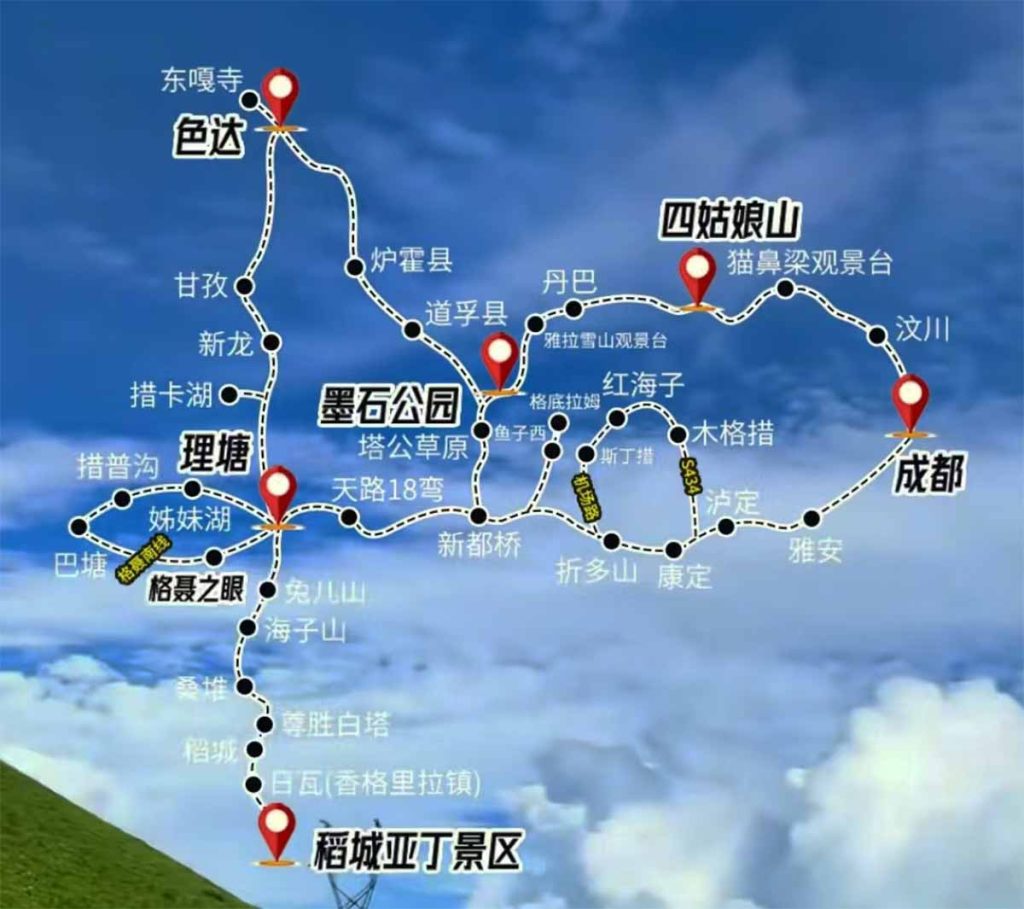
Itinerary summary
| 天数 | 行程路线 |
|---|---|
| D1 | Chengdu → Honghaizi → Stintsuo → Caviar West / Gediram → Xinduqiao |
| D2 | Xinduqiao → Eighteen Bends of Tianlu → Litang → Zunsheng White Pagoda → Riwa |
| D3 | Riwa → Daocheng Aden Scenic Area → Daocheng County |
| D4 | Daocheng County → Litang → Ganzi |
| D5 | Ganzi → Tsoka Lake → Dongga Temple → Seda (half-day Tour) → Seda County City |
| D6 | Seda County City → Moshi Park → Yala Snow Mountain Observation Deck → Danba |
| D7 | Danba → Si Girl Mountain Shuangqiao Ditch → Maobiliang Observation Deck → Chengdu |
Detailed itinerary
D1: Chengdu → Honghaizi → Stintsuo → Caviar West / Gediram → Xinduqiao
Starting from Chengdu in the early morning, follow the 434 provincial Highway to the hinterland of western Sichuan. As the altitude gradually rises, the sky becomes clearer and clearer, and the white clouds seem to be within reach. At the first stop, I arrived at Honghezi. This azure plateau lake lies quietly among the mountains. The lake reflects the blue sky and the snow-capped mountains in the distance. It is a healing landscape.
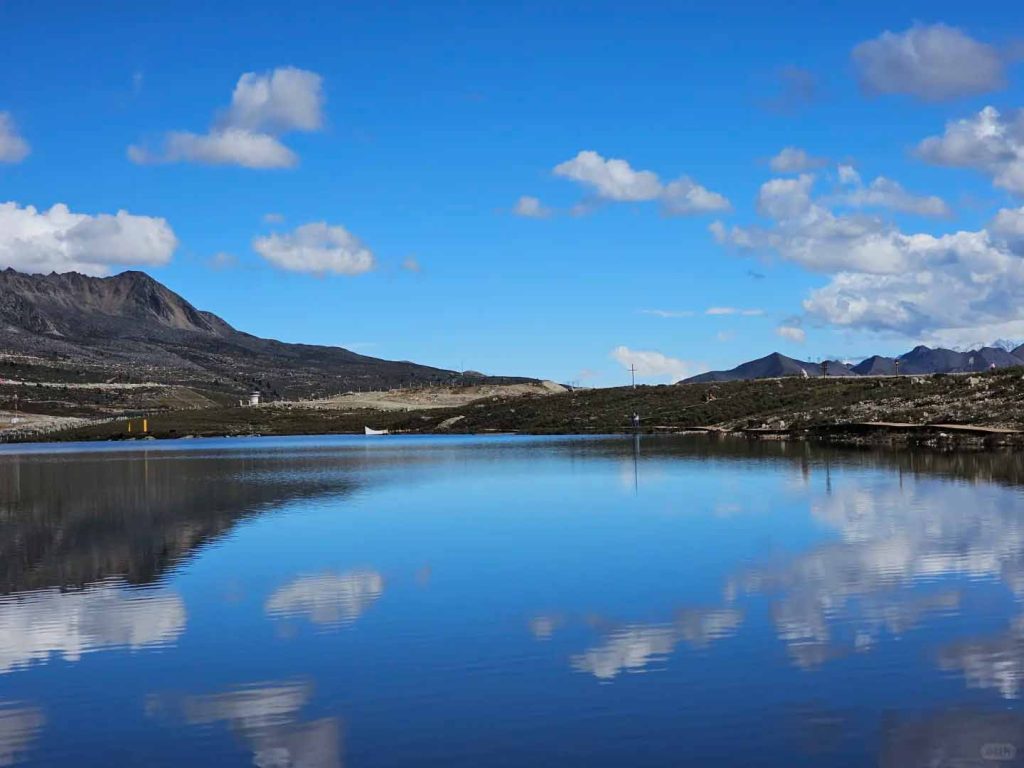
Then go to Stintzuo, the meadow by the lake is soft, and occasionally cattle and sheep are pacing leisurely. Here you can stay for a short time and feel the tranquility of the plateau. Be sure to rush to Caviar West or Gediram before the evening-both of these places are excellent observation decks for 360-degree views of Gongga snow-capped mountains. If you are lucky enough, you can see the setting sun covering Gongga snow-capped mountain with a layer of golden gauze, and the shocking scene of “Rizhao Jinshan” will become an unforgettable memory of this trip. Stay in Xinduqiao that night, a ”paradise of light and shadow’ with bright stars at night, suitable for recharging your batteries.
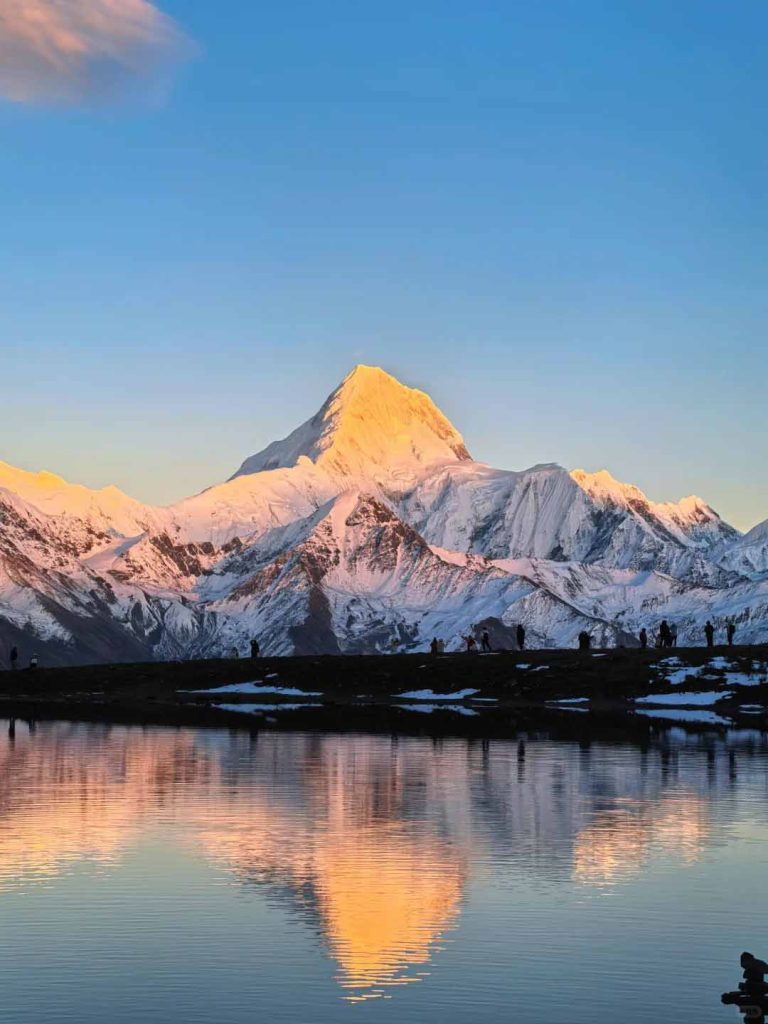
D2: Xinduqiao→ 18th Bend of Tianlu→Litang → Zunsheng White Pagoda → Riwa (Shangri-La Town)
Starting from Xinduqiao on the second day, he first challenged the ’18th Bend of Tianlu’. The winding highway winds and twists, looking down from a height, like a silver ribbon wrapped around the mountains, driving in it, every turn hides surprises. After crossing the pass, he arrived at Litang, Ding Zhen’s hometown.
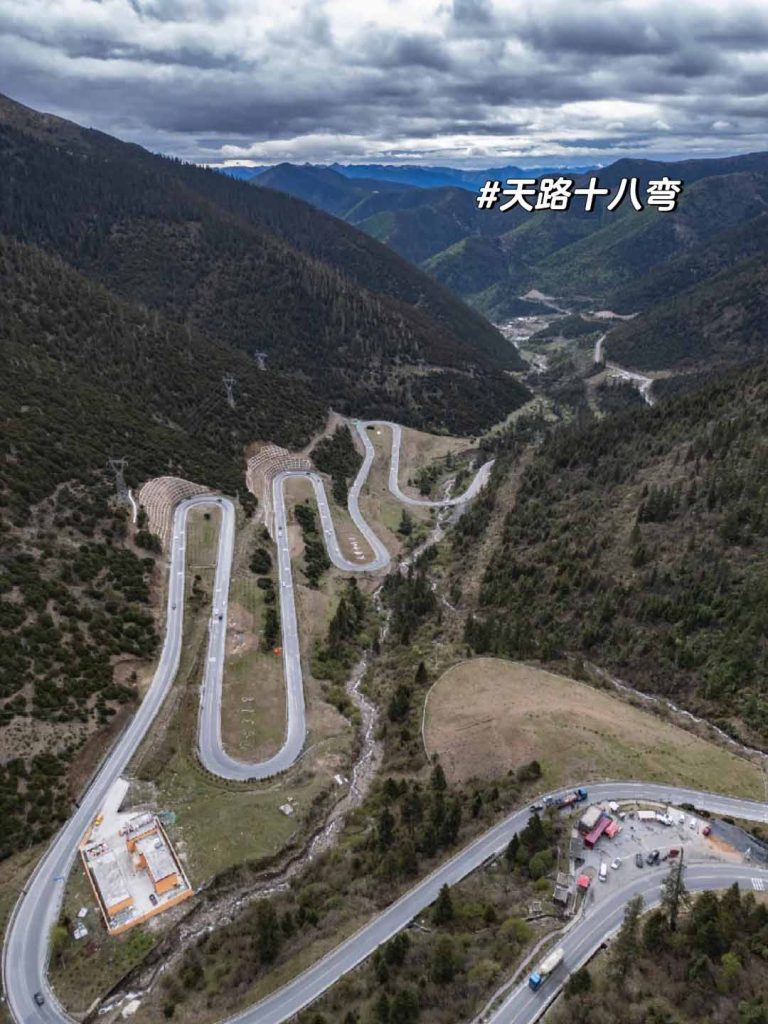
In Litang, stroll around the ancient town of Letong, walk on the bluestone road, see the scattered distribution of Tibetan-style houses, and feel the simple humanistic atmosphere and power of faith in the area; when passing by the White Pagoda of Zunsheng, you can circle the pagoda in a clockwise direction to pray for the journey. In the evening, I went to Riwa (Shangri-La Town) to stay. The altitude here is low and the accommodation conditions are comfortable, so I can prepare for the next day’s trip to Daocheng Aden.
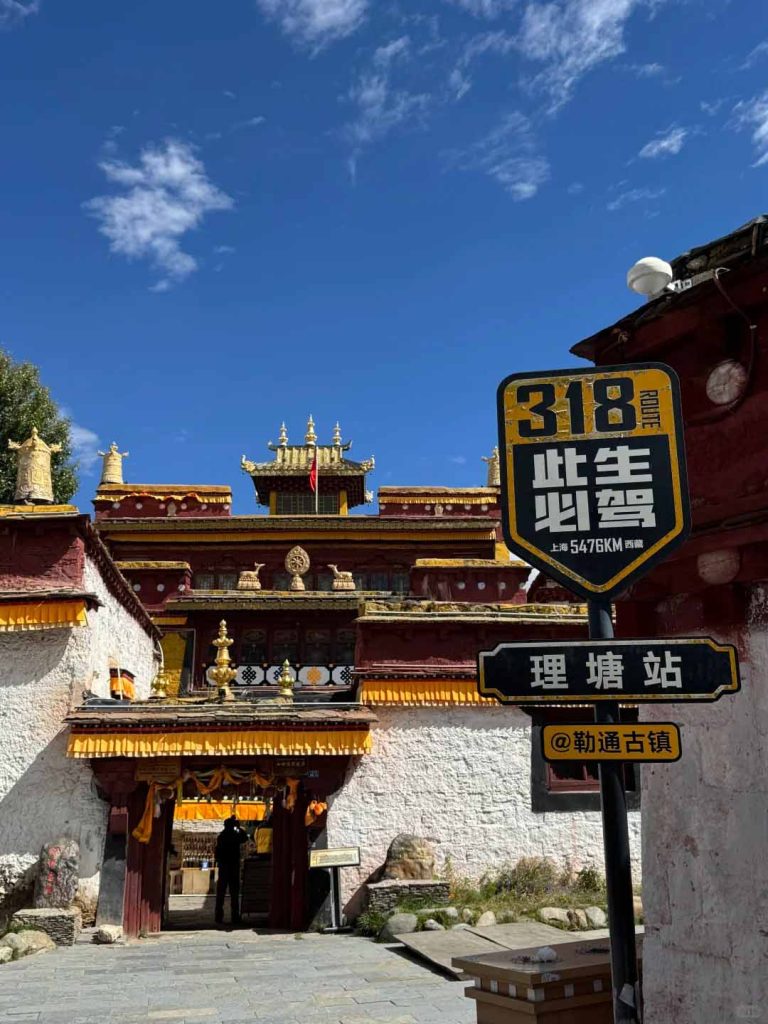
D3: Riwa→ Daocheng Aden Scenic Area → Daocheng County
On the third day, the whole sky was left to Daocheng Aden-a place known as the “last pure land on the Azure planet”. After entering the scenic area, first take a sightseeing bus to Zhaguan Temple, and then hike to Chonggu Temple. Along the way, the forests are dense, the streams are gurgling, and the distant Sennai Rishen Mountain is looming.
If you have plenty of physical strength, it is recommended to challenge the long-distance hiking: starting from Chonggu Temple, passing through Luorong cattle farm, climbing over the pass at an altitude of 4,180 meters, and finally reaching the milk Sea and the five-color Sea. The milk sea is like a blue gem set among the snow-capped mountains, while the five-color sea shows different colors due to changes in light. Standing by the lake, it feels like being in a fairyland. After playing, return to Daocheng County to stay, and you can enjoy the quiet starry sky of the plateau at night.
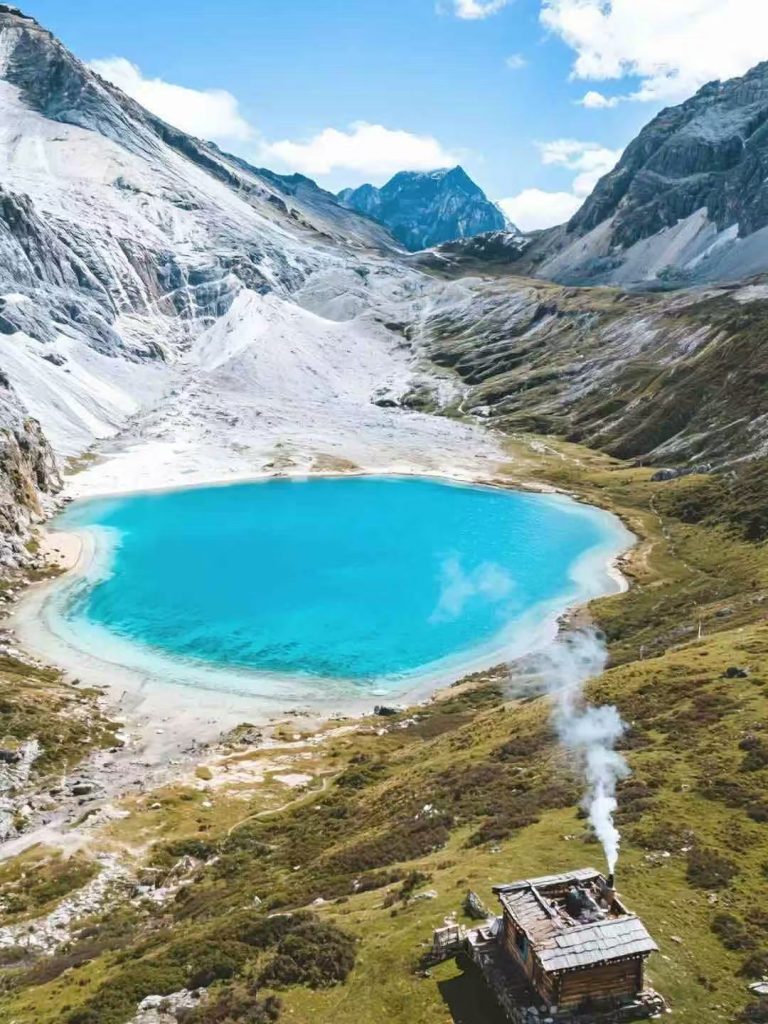
D4: Daocheng County → Litang → Gne Secret Realm → Ganzi
On the fourth day, I set off from Daocheng County, passed through Litang again, and went to Ge Nie, a niche secret realm. The sacred Mountain of Gne stands towering, with snow on the top of the mountain all year round, shining brightly in the sun. If you are lucky, you can see the golden sun of the Sacred Mountain in the early morning, and the golden light shines on the snowy mountain, solemn and sacred.
The “Eye of Gne” that must be checked in is a naturally formed circular sea. It is overlooked from the air, like an eye inlaid on the grassland, reflecting the sacred mountain of Gne. Aerial photography with drones can capture its beautiful whole picture. Arrive at Ganzi County City in the evening to stay and feel the slow life of a small town in Tibet.
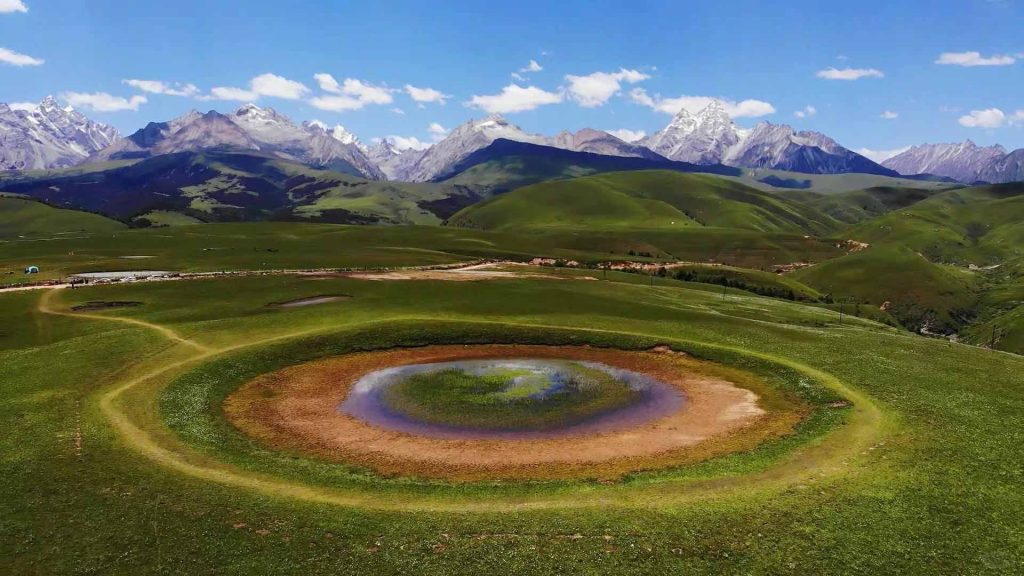
D5: Ganzi→ Tsoka Lake→ Dongga Temple→ Seda Half-day Tour → Seda County City
The fifth day of the itinerary is full of ”niche surprises“ and ”spiritual shocks’. In the early morning, head to Lake Tsoka, a lake called “Tsoka Haizi” by the locals. The water is crystal clear, reflecting the temples by the lake and the surrounding mountains. The vegetation by the lake is dense, and occasionally birds pass by, like a paradise.
Then go to Dongga Temple, a Tibetan Buddhist temple built on the mountain, with red walls and golden roofs that are particularly eye-catching under the shade of green trees. Walking into the temple, listening to the monks chanting and watching the prayer flags fluttering, you can feel the peace and sacredness of your heart. In the afternoon, the long-awaited half-day tour of Seda begins. The red houses are built on the mountains, which are particularly spectacular in the sun. Standing on the observation deck and looking out, it seems to have broken into the “Red Buddha Country”, which is shocking. Stay in Seda County City that night and experience the unique atmosphere of Seda up close.
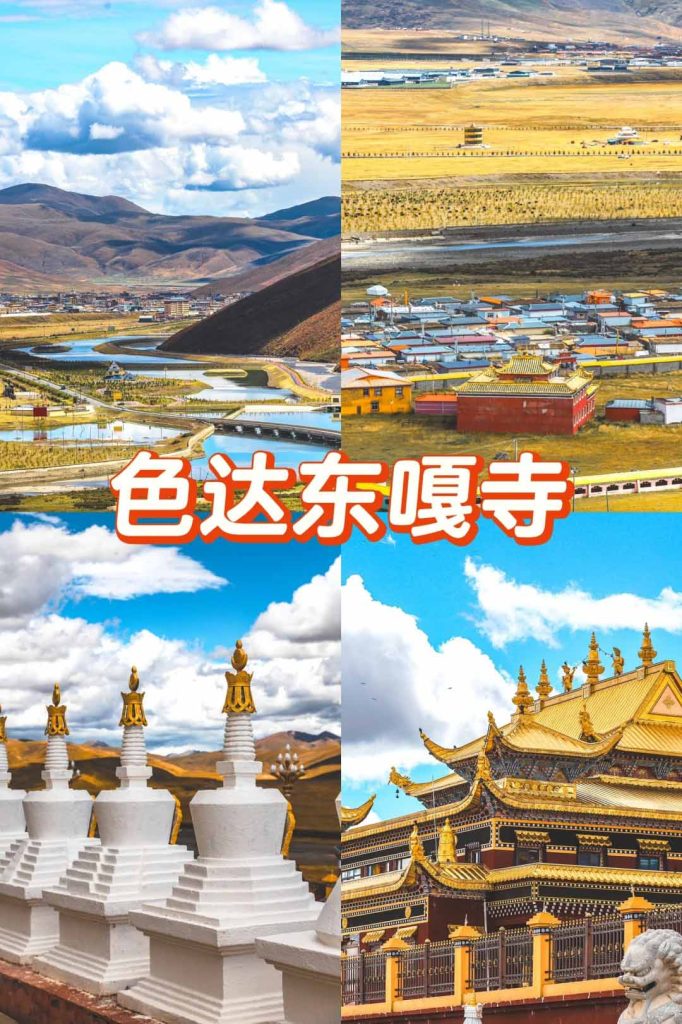
D6: Seda County City → Moshi Park → Yala Snow Mountain Observation Deck → Danba
On the sixth day, we set off from Seda County City and headed to Moshi Park. The stone forests here are formed by geological movements, and their colors change with changes in the weather. Sometimes they are as dark as ink and sometimes as light gray as jade. Walking among the stone forests, it is as if you are on an “exotic planet.” If you are lucky, you can also meet cute groundhogs in the park. They are not afraid of people and look very pleasing when they stretch out their paws for food.
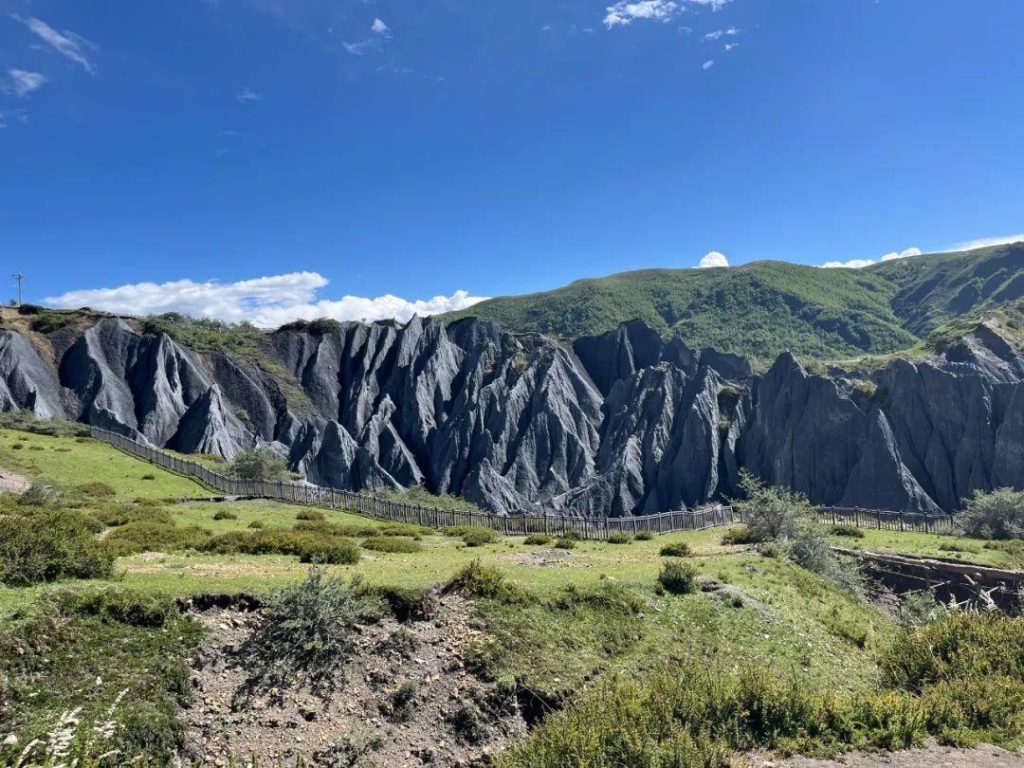
After leaving Moshi Park, pass through the Tagong Grassland, and you can see the Yala Snow Mountain from a distance. This snow-capped mountain, known as the “Second Shambhala’, has a rounded top and accumulates snow all year round. From the Yala Snow Mountain Observation Deck, you can enjoy the beautiful picture of the snow-capped mountain and the grassland in the same frame. Arrive at Danba in the evening to stay. Danba is famous for its pillowcases. At night, you can stroll around the county seat and feel the unique culture of the Jiarong Tibetan people.
D7: Danba → Four Girls Mountain Shuangqiao Ditch→Maobiliang Observation Deck→Chengdu
On the last day of the trip, I went from Danba to Shuangqiao Ditch in Si Girl Mountain. Shuangqiao Ditch is known as the “Little Switzerland of Western Sichuan”. The meadow in the ditch is open, the stream is gurgling, and the snow-capped mountains are surrounded. Walking in it is like walking into a fairy tale world. If you want to experience a different kind of fun, you can try rafting under the snowy mountains, sitting on a kayak, watching the scenery on both sides of the strait slowly retreat, the cool stream splashing on your body, full of comfort.
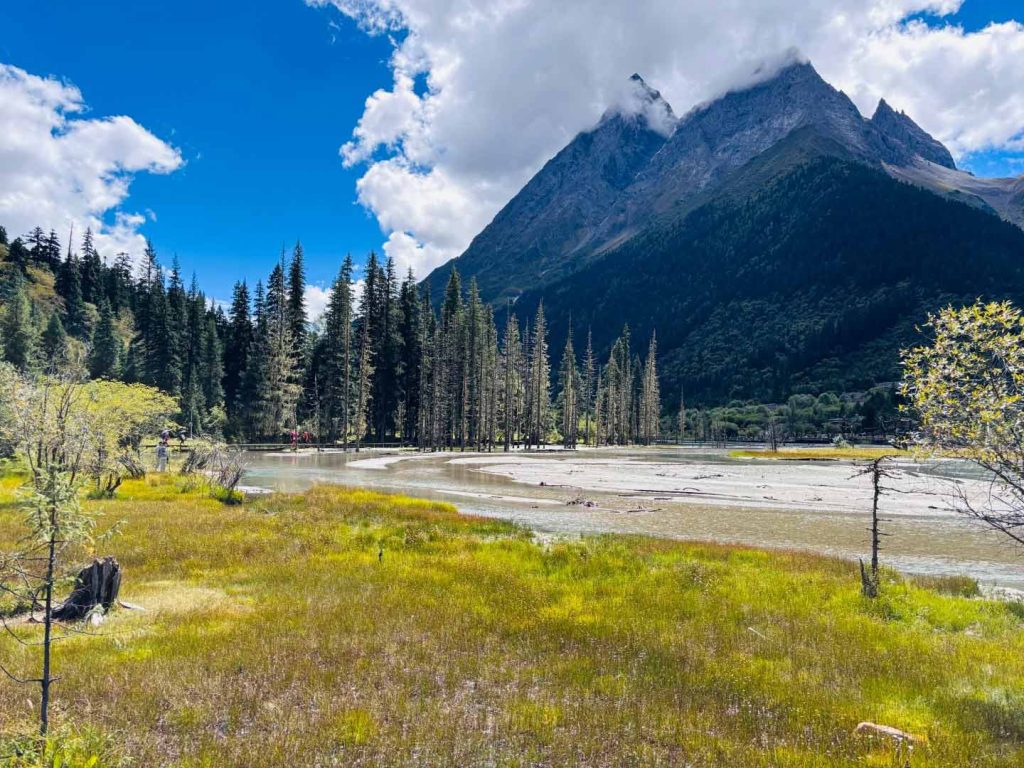
Before leaving Shuangqiaogou, be sure to go to the Maobiliong Observation Deck-this is the best place to enjoy the panoramic view of Si Girl Mountain. The four snow-capped mountains are lined up like four slender girls, hence the name “Si Girl Mountain”. Panoramic photos were taken here to bring the journey to Western Sichuan to a complete end. After that, follow the high-speed back to Chengdu to end this unforgettable journey on the West Sichuan Ring Road.
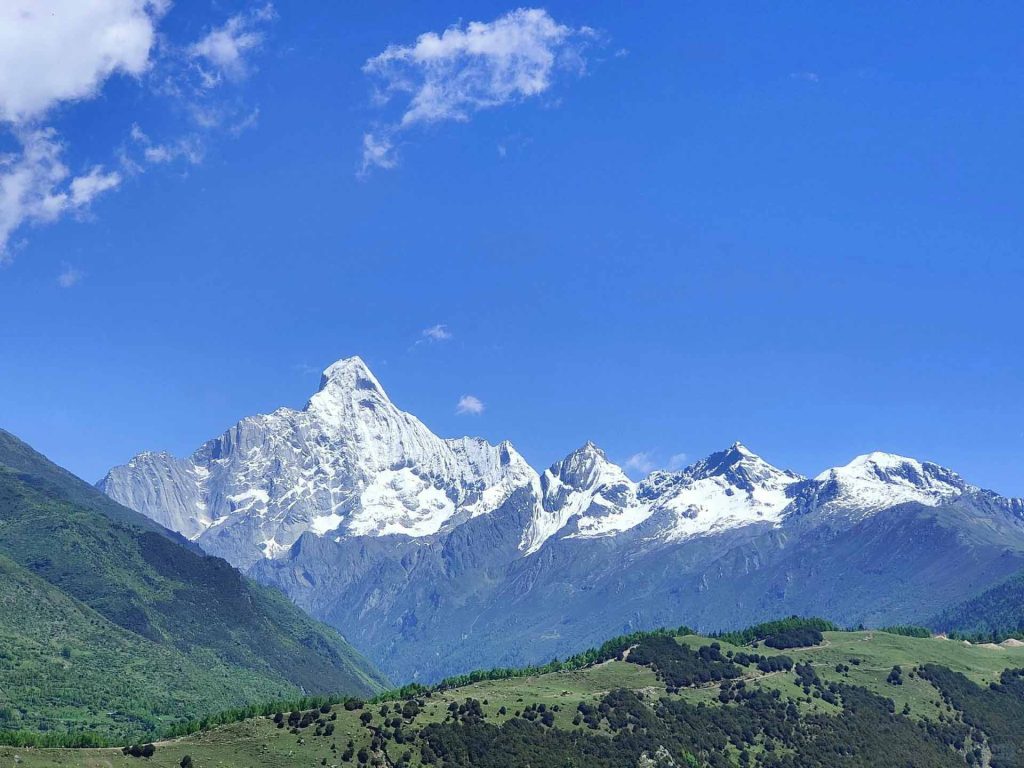
end
This 7-day and 6-night itinerary of the West Sichuan Great Ring Road includes almost all the essence of West Sichuan-from the snow-capped sacred lake to the plateau meadow, from the Tibetan Buddhist country to the secret realm of light and shadow, the natural beauty and humanistic heritage are intertwined. Whether you are a nature lover who loves landscapes or a deep explorer who loves culture, you can find exciting moments on this route.
Entering Western Tibet for the first time, there is no need to worry about route planning. Follow this strategy and set off easily, leaving your energy to the scenery in front of you and your inner feelings.
If you already have your heart on the plateau, you may wish to bookmark this article so that this long-awaited journey to Western Sichuan will leave no regrets and set off as scheduled.
If you want to continue to explore more attractive places, our team of professional travel consultants can serve you. The consultants are familiar with the attractions, terroir and popular routes in various regions of the mainland, and can tailor exclusive trips according to your preferences, budget and time, so that the journey is full of surprises.
Don’t hesitate, contact our travel consultant!


Contact information



